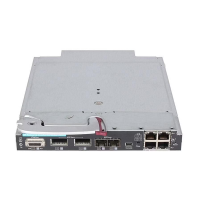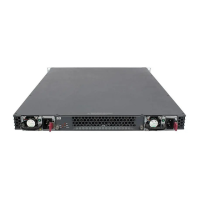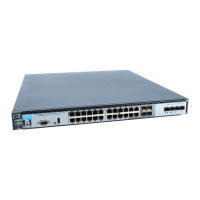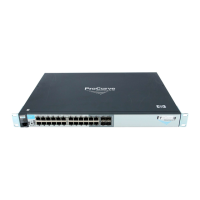8-32
Configuring Secure Shell (SSH)
SSH Client and Secure Sessions
Opening a Secure Session to an HP Switch
To initiate an SSH client session to another network device, use the following
command, executed in the manager context.
Operating Notes
■ The SSH server may challenge the client to authenticate itself depending
on the authentication methods configured on the destination SSH server.
The client first tries the “none” method of authentication; if that is unsuc-
cessful, it examines the list of supported authentication methods from the
server, if provided. If the server does not provide such a list, all methods
of authentication will be tried in the following order until the session is
successfully opened or rejected by the server:
• Authentication Method “publickey”, if a private key has been loaded
onto the switch.
• Authentication method “password”.
Syntax: ssh [user <username | username@>] <hostname | IPv4 | IPv6>
[port <1-65535>]
Enables an SSH client to open a secure session to an HP
switch. Opening secure sessions to devices other than HP
switches is not supported.
[user <username | username@>]: Optional; the username on
the destination (remote) system. Usernames for Operator
and Manager must be configured.
If <username@> is specified, enter the remote system
information of either hostname, IPv4 address, or IPv6
address.
If no username is configured, the username of the current
login is used. There will be a prompt for a password if
needed.
hostname: Hostname of the remote system.
IPv4: IPv4 address of the remote system.
IPv6: IPv6 address of the remote system.
[port <1-65535>]: The TCP port running the SSH server on
the remote system. If no port number is specified, the
default port 22 is used.
Default: Port 22
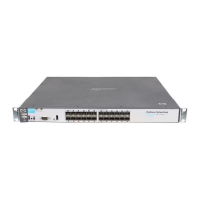
